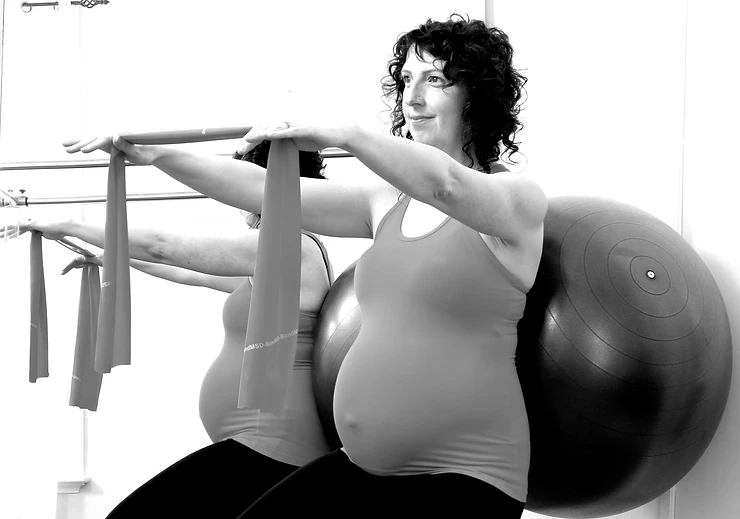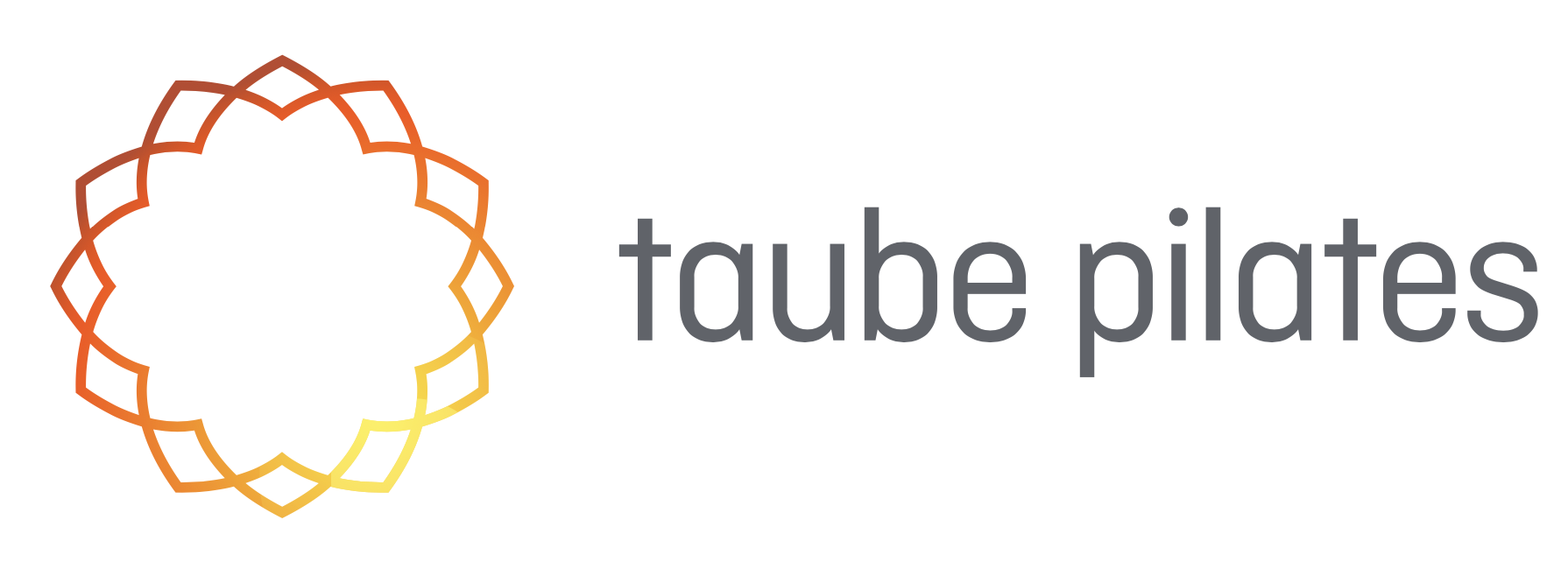Prenatal Pilates – Pilates for pregnancy

Pregnancy and body image. The body goes through such dramatic changes during pregnancy with weight gain, mood swings, and rapidly changing hormones. It can feel really uncomfortable as the body changes to accommodate the growing baby. The rib cage lifts as the uterus expands, blood pressure drops, and temperature increases. Movement may feel clumsy as the centre of gravity shifts forward in the second trimester compromising balance. This can make you feel less than graceful. Some women can be so hard on themselves and their changing body by over exercising and strict dieting. I had one client who cut out fat from her diet and then had to have a termination due to the poor development of the fetus. The brain is compromised of fat so without essential fatty acids in the diet of the mother, the brain of the fetus cannot form properly.
During the second trimester the abdominals may separate, so exercises that use the Rectus Abdominis should be avoided. This includes running – and the RA is often overdeveloped in runners. Running puts additional pressure on the pelvic floor, which, due to hormonal changes (tissues become more relaxed) and pressure from the growing baby, is more vulnerable. As temperature rises by one degree and the growing fetus cannot dissipate heat (it relies on the mother) overheating can become an issue.
These changes are completely normal and exercises programs need to change with the changing body and the needs of the growing fetus. Pregnancy requires a change to the intensity of exercise.
Some women set the goal of fitting back into their pre-baby jeans. After delivery, because the bones of the pelvis may have changed, pre baby jeans may no longer fit no matter how much weight is lost. This can create a sense of failure for women who create this as a goal. Pilates can help women reacquaint and accept their changing body, and help find a new comfort through movement, body awareness and self love.
Women need to maintain a positive body image throughout pregnancy and I really believe that Pilates can help with this by keeping prenatal women informed and focused on goals of having a healthy baby and caring for their own body to reduce instances of abdominal separation, pelvic organ prolapse and pelvic girdle pain.
Click here to listen to the podcast now.
In reference to dealing with clients with pelvic girdle pain and lower back pain, you need to take into your account your Scope of Practice.
Always refer to a Pelvic Health Physiotherapist
Fitness Australia (2019). POSITION STATEMENT: SCOPE OF PRACTICE FOR REGISTERED EXERCISE PROFESSIONALS. Retrieved September 2, 2019 from https://bp-fitnessaustralia-production.s3.amazonaws.com/uploads/uploaded_file/file/224/Scope-of-Practice-for-Registered-Exercise-Professionals.pdf
Have you ever referred someone to a Pelvic Health Physiotherapist? You are welcome to share your experience.
Have you noticed any of your clients being hard on themselves with regard to body image? What did you do? What was your experience?
